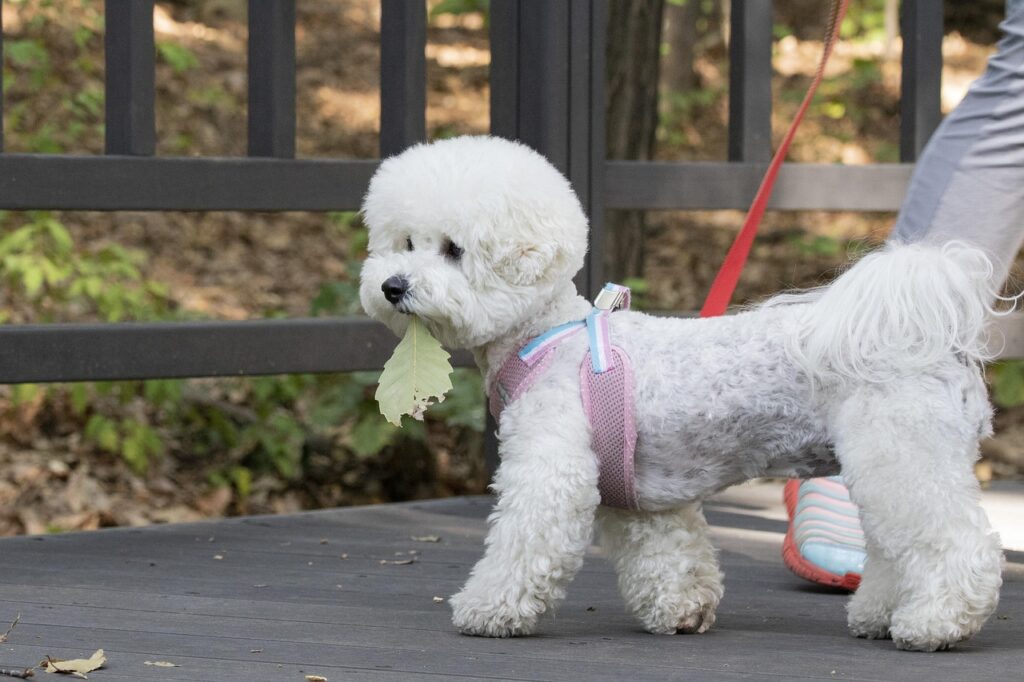For many foreigners living in South Korea, one of the most heartwarming cultural discoveries is how deeply pets have become part of Korean daily life.
What used to be a society where dogs lived outside and cats were rare has now transformed into a modern, pet-loving culture — where pets are treated like family members.
In this detailed 2025 guide, we’ll explore how Koreans view pets, how you can adopt or register one legally, where you can go for walks, and what social etiquette every foreign pet owner should know.
1. From “Pets” to “Family”: How Korea’s Pet Culture Evolved
Two decades ago, owning a dog in Korea often meant keeping it outside as a guard animal. Cats were seen as superstitious or uncommon. But since the early 2010s, urbanization, smaller families, and rising single-person households have changed everything.
Now, “pet family” (펫팸족) — a mix of “pet” and “family” — has become a mainstream social identity.
According to a 2024 Ministry of Agriculture survey, more than 30% of Korean households have a pet, and dogs (반려견) remain the most popular, followed by cats (반려묘), hamsters, and birds.
In Seoul, you’ll often see people walking their dogs at night in stylish outfits — not just pets, but companions. Cafés now serve pet-friendly lattes, luxury grooming shops are everywhere, and pet influencers (견스타, 냥스타) have millions of followers online.
2. Pet Ownership in Modern Korea
Most Korean pet owners live in apartments, so indoor living is the norm. Small breeds like poodles, pomeranians, and maltese are especially common, while cats thrive in compact spaces.
But this also brings responsibility — barking noise, elevator etiquette, and cleanliness matter a lot in shared buildings.
Landlords may specify “no pets (애완동물 금지)” in lease contracts, so always confirm before signing.
Koreans also take pet etiquette seriously outdoors. During walks, owners always carry small black plastic bags — the famous “똥봉투 (dog poop bag).”
It’s considered rude and unhygienic not to pick up after your pet, and failing to do so can even lead to fines in some districts (typically ₩50,000–100,000).
In most parks, you’ll also find public dog waste bins (반려견 전용 배변함) — and it’s common to see owners using tissues or sanitizing wipes afterward.
So if you walk your dog in Korea, a leash, a small bag, and wet wipes are standard gear.

3. Pet Registration in Korea (반려동물 등록제)
All dogs over three months old must be registered under the Companion Animal Registration System (동물보호관리시스템).
This rule helps authorities track lost animals and prevent abandonment — an issue Korea has been working hard to reduce.
📋 How to Register Your Pet:
You can register your pet in one of three ways:
- At your local district office (구청)
- Bring your Alien Registration Card (ARC) or ID and your pet’s vaccination records.
- At designated veterinary clinics
- Most vets in Seoul handle registrations electronically.
- Online (for Korean residents) through the Animal Protection Management System.
💰 Registration Fees:
- Microchip insertion + registration: ₩10,000–₩20,000
- Update (change of owner or address): ₩3,000
Once registered, you’ll receive a registration certificate and a microchip number tied to your name and address.
Foreigners can register pets just like locals, using their ARC number.
Failure to register may result in fines up to ₩1 million, though enforcement mainly targets unregistered breeders or abandoned pets.
4. Adoption: Giving Pets a Second Chance
If you want to adopt a pet in Korea, you’ll find growing support for adoption over buying from pet shops.
🐾 How to Adopt:
- Visit recognized animal shelters or organizations such as:
- KARA (Korea Animal Rights Advocates) – kara.or.kr
- CARE (Coexistence of Animal Rights on Earth) – careanimalrights.org
- Adopt Me Korea – adoptmekorea.org (English-friendly)
- Submit an application, attend a short interview, and review living conditions.
- Once approved, you’ll sign an adoption agreement and complete registration.
Most shelters provide health checks, vaccinations, and spaying/neutering before adoption.
They also offer counseling on pet care — a great help if you’re new to Korea’s system.
🧡 Why Adoption is Growing:
- Rising awareness about puppy mills
- Media influence from K-pop idols and actors who adopted shelter pets (e.g., BTS’s RM, actress IU)
- Increasing public empathy toward animal welfare
5. Pet Etiquette: What Koreans Expect
Even though Korea has become more pet-friendly, there are unspoken rules foreigners should know:
| Situation | What’s Expected |
|---|---|
| Elevator or Public Transport | Small dogs in carriers; big dogs rarely allowed |
| Cafés / Restaurants | Check for “펫 동반 가능 (pets allowed)” signs |
| Noise at Night | Keep barking under control; thin apartment walls |
| Waste Management | Always clean up with your poop bag (똥봉투) |
| Leash Rule | Mandatory in public spaces (fine: ₩50,000+) |
| Aggressive Breeds | Some breeds require a muzzle (입마개 의무화) |
6. Veterinary Care and Pet Insurance
Seoul offers excellent veterinary care — from 24-hour clinics to specialized pet hospitals.
- Basic Consultation: ₩20,000–₩40,000
- Vaccinations: ₩50,000–₩100,000
- Spay/Neuter: ₩150,000–₩300,000
- Dental Cleaning: ₩100,000+
Pet insurance is gaining popularity, especially for dogs.
Companies like Samsung Fire & Marine, DB Insurance, and Hyundai Marine now offer coverage for checkups, surgery, and accidents.
7. Pet-Friendly Places in and Around Seoul
Here are a few must-visit spots for pet owners:
- Seoul Forest (성수) – dog-friendly trails and cafés nearby
- Yeouido Hangang Park – perfect for small dog walks with river views
- Seorae Village – many expat-friendly pet cafés
- Yangjae Citizen’s Forest – quiet, shaded paths
Many of these parks have pet waste bins, water bowls, and designated “off-leash” times on weekends.
8. Social Trends: From Pet Cafés to Pet Influencers
Pet cafés started in Seoul over a decade ago and have since evolved into upscale social hubs.
You’ll find cat cafés in Hongdae, puppy cafés in Myeongdong, and even raccoon cafés (though animal welfare groups discourage them).
Meanwhile, Instagram and YouTube are filled with famous Korean pets — dogs like “Bokgil” or cats like “Siru” — creating a new economy around pet content.
These trends show how pets have become part of urban lifestyle branding in Korea.
9. Foreigners Owning Pets in Korea: What You Should Know
Foreigners can easily own and register pets with proper documentation.
Just remember these essentials:
- You need a residence address and ARC to register.
- Landlord consent is crucial if renting.
- Vaccination records and microchip numbers must match the owner’s name.
If you’re planning to move back abroad, contact the Quarantine Office (농림축산검역본부) for export procedures — including rabies tests and microchip verification.
10. The Emotional Side: Why Pets Matter in Modern Korean Life
In a culture where work and study pressures run high, pets often represent comfort and companionship.
You’ll see middle-aged couples walking dogs at dawn, students with cats as emotional support animals, and retirees volunteering at shelters.
Pets have become a social bridge — helping strangers smile in elevators or start conversations in parks.
This shift from “pets as property” to “pets as family” is one of the most beautiful transformations in Korean urban culture.
🐕 Final Thoughts
Korea’s pet culture is evolving fast — combining compassion, convenience, and community.
For foreigners, it’s both inspiring and instructive: you’ll see how a dense, high-tech city still finds space for warmth and love.
If you plan to bring or adopt a pet here, follow the local etiquette, register properly, and join the growing “pet family” movement.
Because in today’s Korea, loving a pet isn’t just a trend — it’s part of what makes life truly human.

